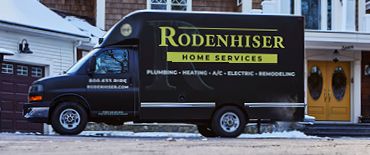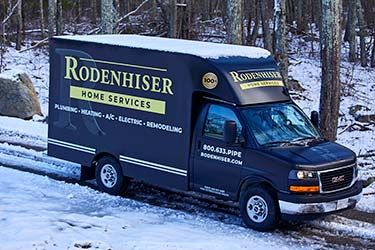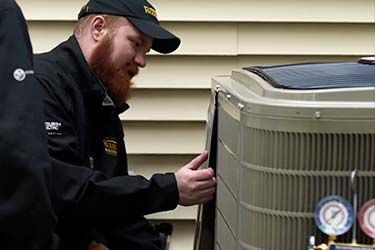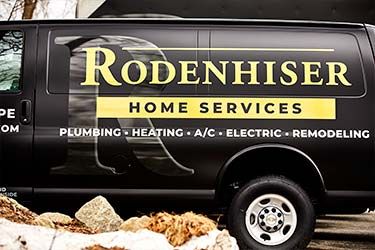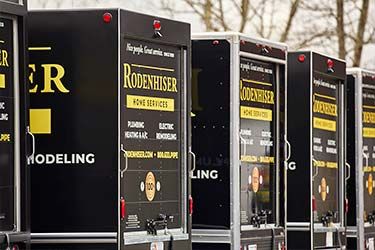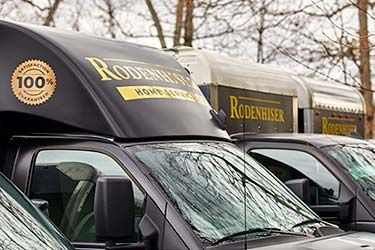
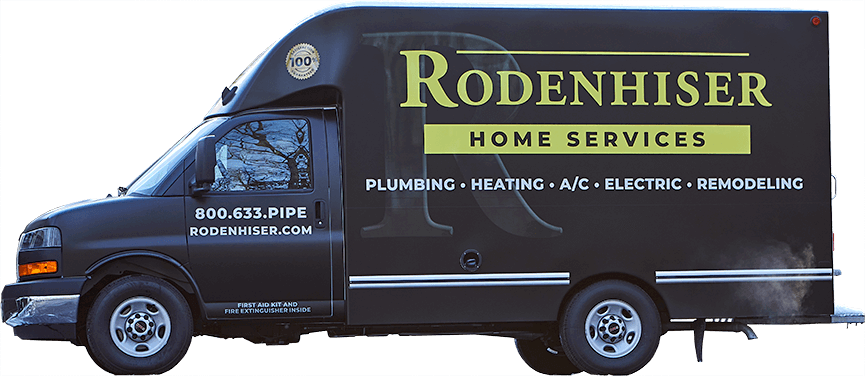
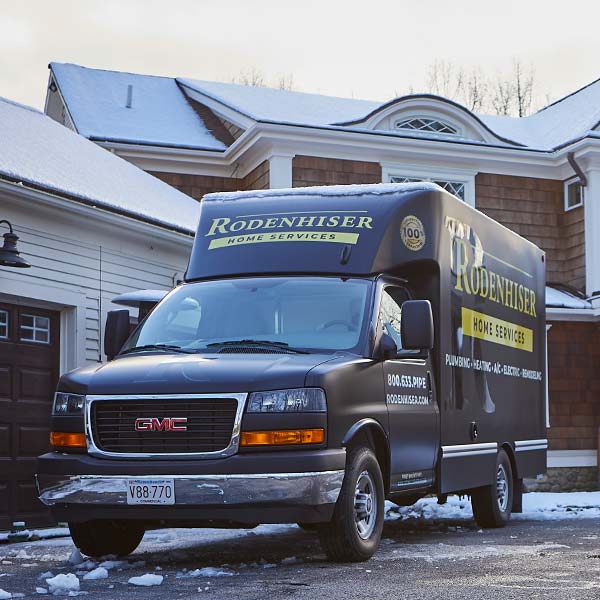

Making Sure Your Carbon Monoxide Detectors Are Where They Belong
If you have appliances that use combustible fuels such as oil or gasoline, it is essential to have carbon monoxide detectors in your home. Carbon monoxide, a by-product of the combustion process, is toxic to humans. However, because it is odorless and tasteless, the only way to know it is present in your home is with carbon monoxide detectors.

Just as with smoke detectors, placement of these devices is important. Follow these tips during installation to best protect your family's health:
- Install a detector near the sleeping area(s) in your home. Not only will it detect when carbon monoxide is present in your living spaces, but you will be able to hear the alarm if you are sleeping.
- If there are multiple levels in your home, it is best to install carbon monoxide detectors on each level.
- Do not put carbon monoxide detectors too close to the appliances that use combustion; a small amount may be present near these appliances, but is not harmful to your health in these quantities — and this can lead to false alarms.
- Follow the manufacturer's instructions regarding where on the wall or ceiling to place the detectors. Different types of technology are used in various models and placement instructions can differ.
- Many detectors have an alarm to indicate a low battery. Respond to this alarm, or change the batteries every year if this alert is not available.
- Do not install detectors in bathrooms, laundry rooms or other areas where the humidity level tends to be higher, which can also trigger false readings.
The best way to prevent the presence of carbon monoxide from heating appliances is to invest in an annual maintenance program. A technician will tune up your equipment to ensure that it operates efficiently and safely, including a check of the ventilation system that exhausts carbon monoxide to the outdoors.
Call the professionals at Rodenhiser Plumbing, Heating & Air Conditioning to schedule annual maintenance for your heating system. The heating season has already started, but it's never too late to improve efficiency and ensure your family's health and safety.
Our goal is to help educate our customers about energy and home comfort issues (specific to HVAC systems). For more information about carbon monoxide detectors and other HVAC topics, download our free Home Comfort Solutions Guide.
Photo courtesy of Shutterstock.
Nice people.
Great service.
Since 1928Terms & Conditions | Privacy Policy





Read From Over 14,000 Happy Customers
-
Both Alex and Patrick were knowledgeable, courteous, and professional. They made a change that might have solved the recent problem and have structured a more complete solution. We agreed to this...

-
Mike was thorough, thoughtful and considerate. Covered their shoes before entering, surveyed my issue and provided an explanation of the services and costs. Great Job!

-
Alex did a great job providing an explanation of the services provided and went out of his way to offer assistance/advice on other issues outside of our scheduled maintenance visit.

-
Brian did an excellent job inspecting our 18-year old boiler and replacing some of the accessory hardware that needed it, he also adjusted the outgoing hot water settings for our radiators and...

-
Rodenhiser is my one stop shop!!! They take care of my HVAC, electrical, and plumbing issues & are always helpful addressing any questions I may have about the systems in my house! Everyone...

-
Chris G. and Nick V. showed up bright and early at 8am to fix my water heater issue. They were on time, polite and were able to fix an issue that has been plaguing my house for a good year. They...

Call Rodenhiser at
1-800-462-9710
Call Rodenhiser at 1-800-462-9710
When you are looking for plumbing, electrical, heating or air conditioning in the Route 495 / 128 area, you will be delighted that you called Massachusetts' trusted choice since 1928.
With a total dedication to professional workmanship and excellent service, discover why families and businesses continue to trust Rodenhiser after generations of service
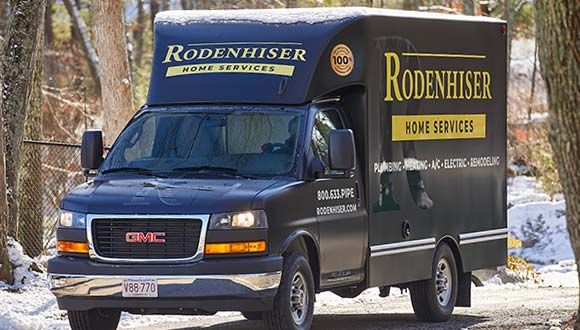
Trusted Plumbers
Fast, On Time
HVAC Experts
Satisfaction Guaranteed
Expert Electricians
Maintenance Plans
CONTACT RODENHISER TODAY
325 Hopping Brook Rd Holliston MA 01746.
-
Master Plumber: #10961
-
Corporate Plumbing: #2288
-
Master Electrician: #23917A
-
Electrical Business: #4804
-
Master Sheet Metal (Unrestricted): #5867
-
Corporate Sheet Metal: #641
-
Home Improvement Contractor: #188806
*Heating system check terms and conditions: Residential Only. Must reside within our service area. Offer only available to 1 unit per household additional units are at full price. Can not be combined with other offers
*Late Season Special Extra Conditions: Gas Systems only. No Discounts on oil systems. Promotional price limited to one system per home, additional systems will be charged at full price. Residential Systems only. Must reside within our service area. *For EV Charger Offer also: valid only when the system is purchased through Rodenhiser.





